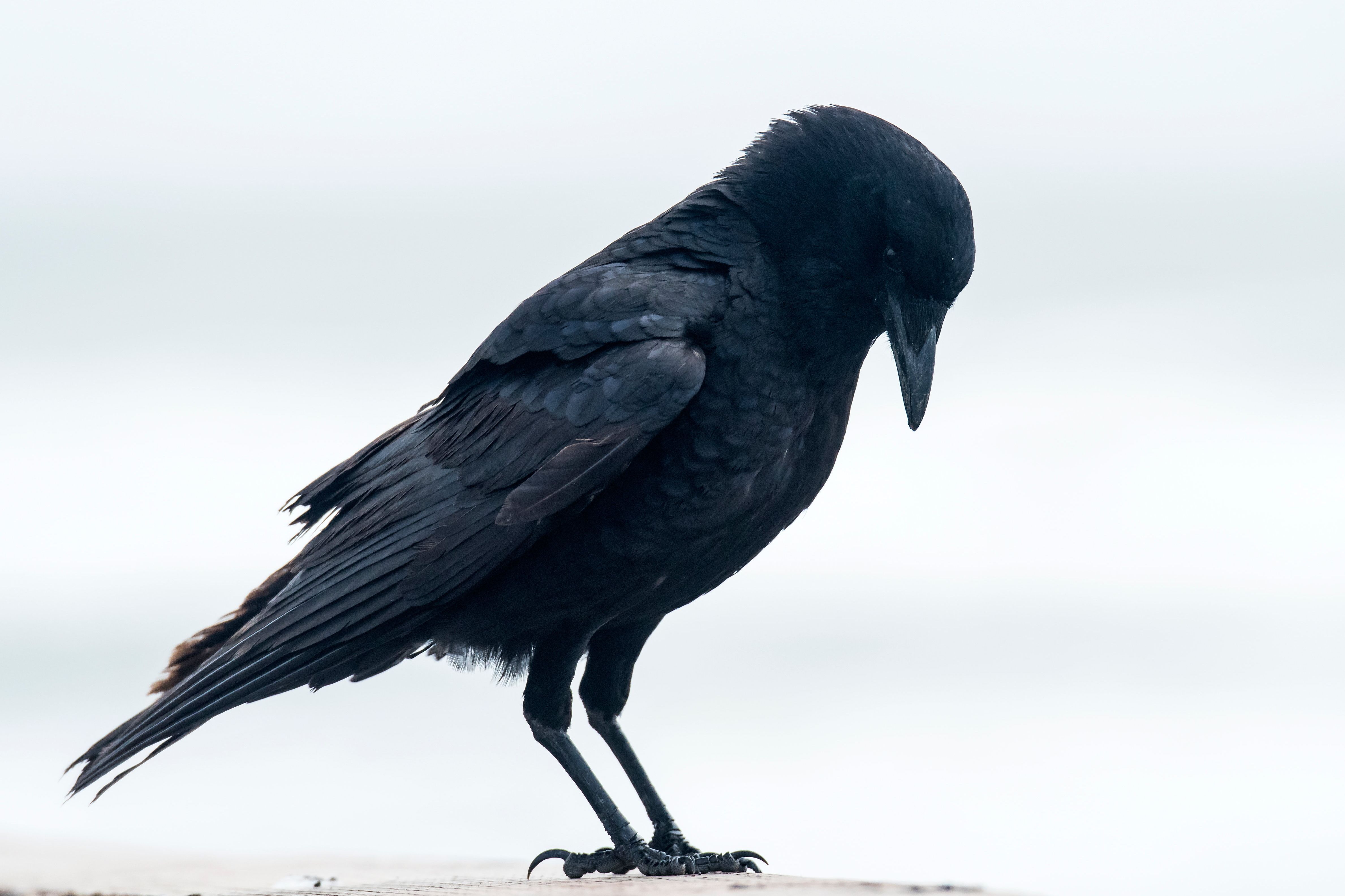
As the animal continued its determined pilgrimage, slipping into an adjoining pasture, the presence of a dark tracking bird, wafting and swooping, became noticeable.
The raven was following the fox, urging it away from its territory. The animal entered a third field and made towards cover provided by trees in a corner. The large black bird wheeled gently in a casual arc beating time on a return flight.
The Roman poet Horace hoped to “rouse the raven who’s the rune of rain before he flies again to find still marshes, once more back whence he came….” The farmer, who watched bird and mammal near Dunmanway in West Cork kept his peace, carefully checking his herd.
Wilfred Thesiger, legendary traveller through the Empty Quarter of Arabia, told author Gavin Maxwell that the Bedouin, on seeing a raven overhead, became terrified and called out: “Raven, raven, seek thy brother…” The bird was a sinister omen for them.
It was seen as the bird of death in many societies. Ravens had a sinister reputation as harbingers of pestilence, scourers of battle fields, where, writer Duff Hart-Davis points out, the birds gathered “to feast on the corpses of the slain.”
A legendary image for Irish people is the part a raven plays in the tragedy of Cú Chulainn, perching on the shoulder of the dying hero.
The Romans dreaded ravens. In 43BC Cicero was forewarned of death by a fluttering of the birds overhead.
In the Viking world, two birds, Hugin and Munin, (mind and memory), sat on the shoulders of Odin, god of war, and flew off around the world each day and reported back what they had seen. Edgar Allan Poe’s “ghastly grim” bird tapped at the door on a winter’s night. Admitted, it refuses to leave, uttering one word, “nevermore.”
Ravens can be tamed and become friendly to man. The poet John Clare had a pet bird and Charles Dickens had two. There is a story of a raven’s love for a dog companion, gathering bones for its dinner after it returned from farm work.
At the Tower of London, the resident six birds lead pampered lives, getting eggs and sausages from the cafeteria. Despite a malign reputation, the consensus is that ravens are not predators of sheep flocks but feed on carrion, dead lambs and ewe placenta.
They also feast on roadkill and small mammals and birds and are also adept at stealing food from other scavengers such as carrion crows with whom they have territorial challenges.
It is estimated that there are about 2,000 pairs of birds resident here. At nesting time they can be as ferociously protective as a bull with a herd of cows. One does not enter a field of animals without first casting an eye on the residents. Weekend trekkers should steer clear of clifftop paths if deep and disturbing calls from the updrafts grow nearer and a swoop of black feathers rushes past too close for comfort. It is then time to find your brother and return to your car.
Denial of responsibility! Vigour Times is an automatic aggregator of Global media. In each content, the hyperlink to the primary source is specified. All trademarks belong to their rightful owners, and all materials to their authors. For any complaint, please reach us at – [email protected]. We will take necessary action within 24 hours.


